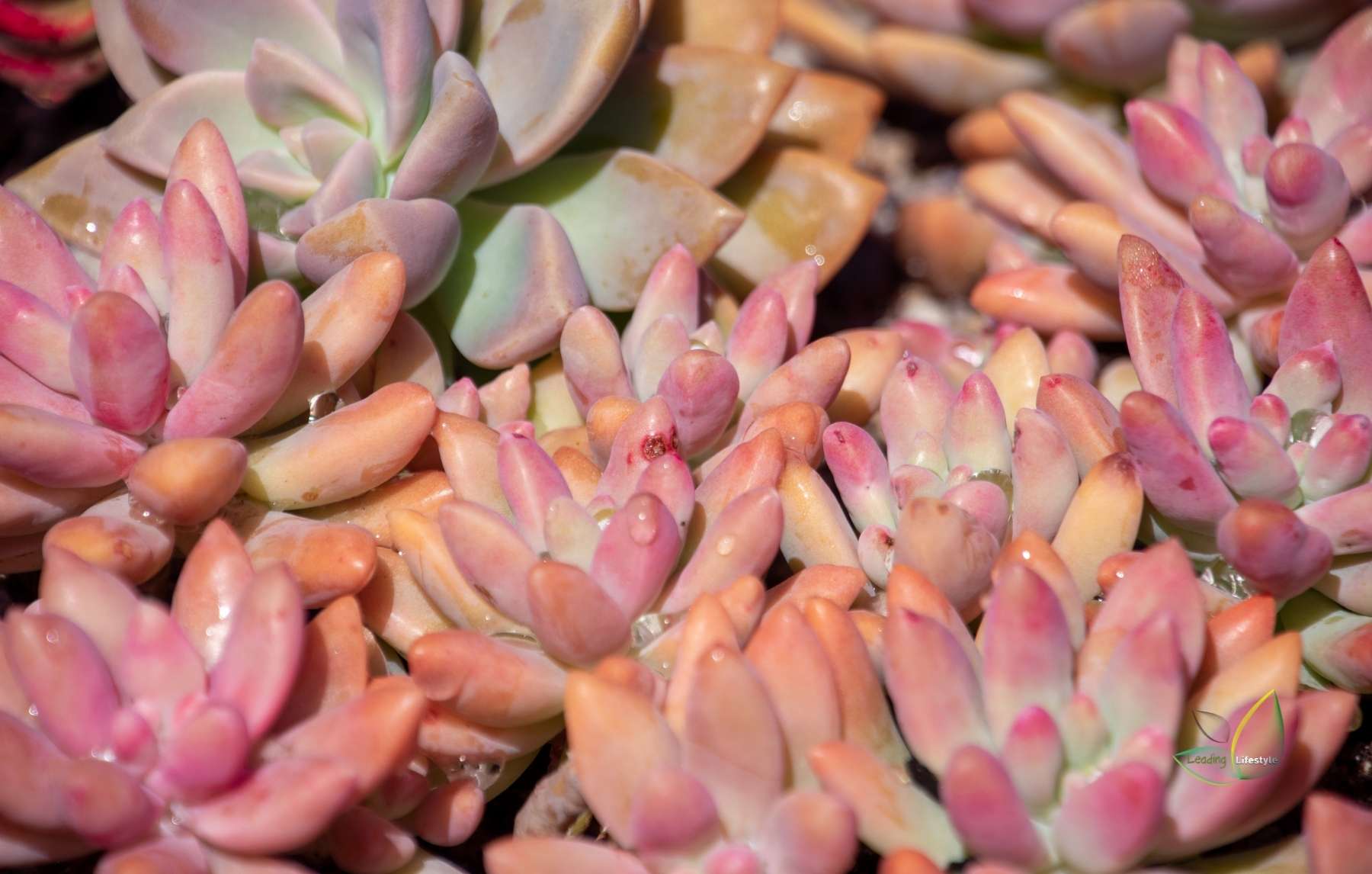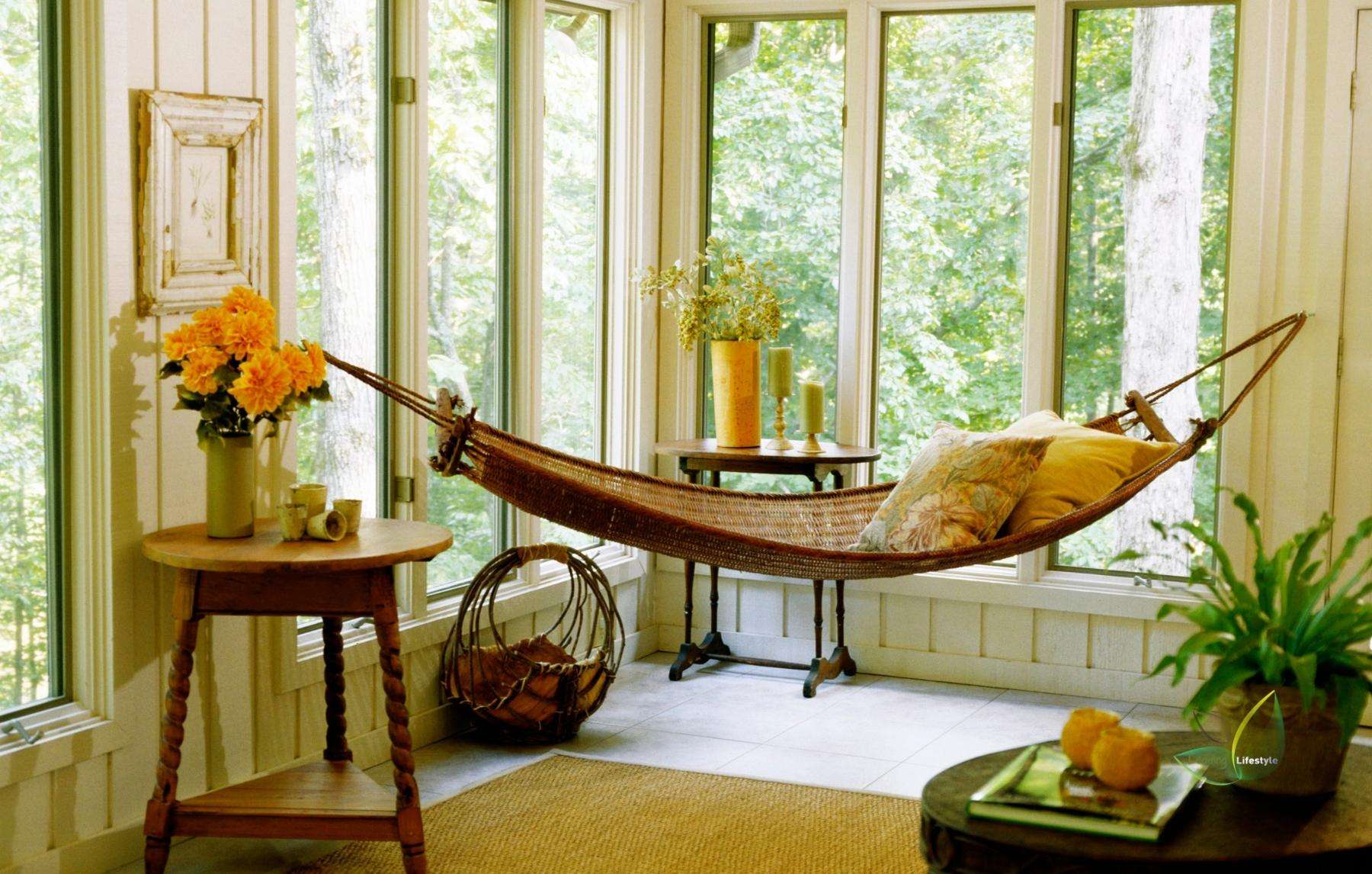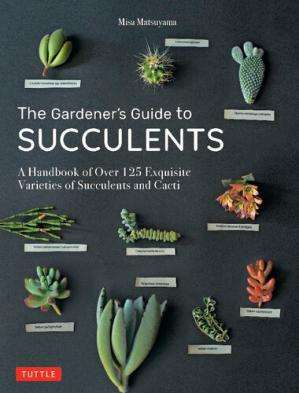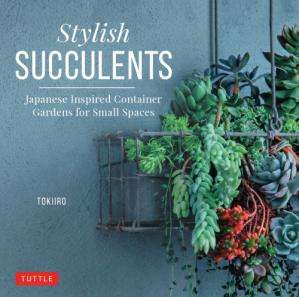Have you ever wanted to own a rabbit but didn’t have the time or space to care for one? Why not try growing one in a pot instead? Don’t worry; we haven’t gone insane. We’re talking about a succulent called Monilaria obconica, which has a rather unique (not to mention charming) feature: it looks like it has little bunny rabbit ears! It’s also known as “Bunny Ear Succulent” or “Bunny Succulent.”
What Is Bunny Ear Succulent?
The bunny succulent is a clump-growing succulent plant native to South Africa that belongs to the genus Monilaria. The “Bunny Ear” succulent is divided into two species: M. moniliformis and M. moniliformis, the shape of an obconical obconical obconical Both species have a distinct “head” and the second pair of leaves that look like a tiny bunny head with fuzzy green bunny-like “ears.” The leaves of M.obconica are longer and almost spaghetti-like. The letter M. Moniliformis, which resembles bunny ears, is the one that has gained the most attention on social media.
Monilaria moniliformis in active growth mode.
Take a look at these cute plants. Have you ever seen anything more adorable?
The Cute Bunny Succulent’s
A Scientifically Special Succulent
The Bunny Succulent is a unique plant because it is heterophyllous, which means it can have multiple leaves on the same plant. It has a caudex form with an above-ground swollen trunk.
The first set of leaves emerges from the top of the root. These are typically densely packed and appear to have been symmetrically cut in half by a divine force. These first leaves have a diameter of about 10 mm. The plants are completely fused and covered in a sclerotic brown sheath.
The second set of leaves appears as the plant matures. These leaves are long and cylindrical, measuring 10 to 15 cm long and 3.5 mm wide. The plants begin to sprout together at the base before spreading out into two distinct leaves that resemble bunny ears. These leaves have small, crystalline cells that give them a furry appearance. These are specialized storage cells that are high in sugars and help the plant retain moisture for long periods of time.
Check out our article “Best Gardening Tools” for Succulents for our recommendations on the best tools for your succulent growing needs.
Potted Bunnies Are the New Craze
Monilaria obconica is a charming deciduous succulent that resembles bunny ears poking out of a pot. This seasonal plant is indigenous to the Vanrhynsdorp and Vredendal districts of South Africa’s Western Cape. The succulent has a thick stem that protrudes from the ground, resembling a ginger root, with two types of leaves growing from the stem’s tip.
Because it resembles a rabbit’s furry ears, this succulent has been given the names Bunny Succulent, Bunny Ear Succulent.
Madelyn Goodnight’s The Spruce It’s easy to see why the bunny ear succulent is trending on social media. For starters, it’s succulent, which is still one of the most popular types of houseplants. Second, it has adorable bunny ears, making it impossible not to fall in love with it right away. Before you get your heart set on acquiring one to display in your Easter or spring decor, we’re sorry to inform you that it’s nearly impossible to find an actual plant for purchase.
Why Is It Hard to Find a Mature Plant?
Because they grow so slowly, it isn’t easy to find mature bunny ear succulents. Because it grows slowly, the succulent is relatively non-commercial, according to Kelly Griffin, Succulent Plant Development Manager at Altman Plants. Furthermore, it has a distinct dormant period during which it appears, well, dead. Of course, the plant is not dead, but it is unappealing in this state, making it difficult to sell to large retailers.
“It is a winter grower and gets its growth in the cool, wet winter months,” Griffin explains. “Monilarias only put on a pair of leaves and a “node” per year.”
Sourcing and Handling Seeds
The majority of the bunny succulent offerings are seeds rather than mature plants. On Etsy, I discovered one seller who claimed to have “tiny” plants for sale but did not provide a price.
Even the seeds are quite pricey; $6.99 for ten seeds, which did not include shipping.
Succulent seeds are so small that they resemble dust. The seeds must be handled with caution because they are easily blown away.
The seller also revealed that it could take 3 to 5 years for the succulent’s seeds to form 2 to 3 clusters.
Monilaria moniliformis is in its dormant stage.
Succulents Are Hard to Grow From Seed
If tiny seeds aren’t enough of a challenge, consider how difficult it is to grow succulents from seeds.
According to Griffin, cactus can take two years or more to mature into a sellable product, while succulents can take less or more time, depending on the variety.
Many seeds are sensitive to even minor changes in environmental conditions. To germinate successfully, they require constant humidity, moderate temperatures, and careful attention.
How to grow Bunny Succulent from Seed
A good place to start is with fresh seeds from a reputable seller.
Cuttings or divisions are a simpler method, but you must have access to a mature plant. So it appears that getting that bunny ear succulent in time to decorate your Easter table this year is out of the question.

















